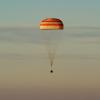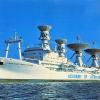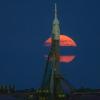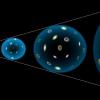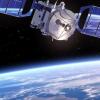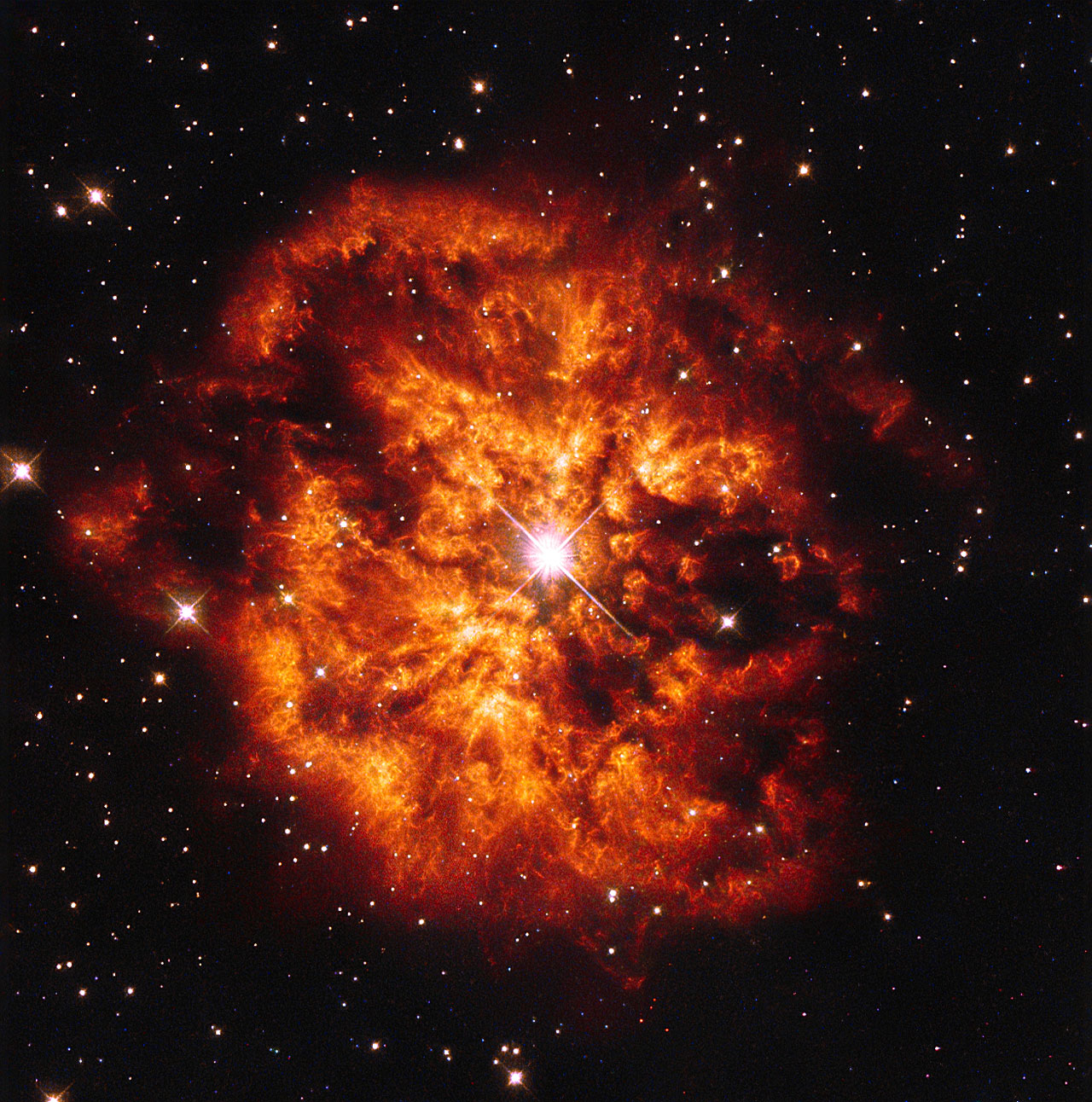
Далеко не у каждого сбывается мечта стать космическим героем, но полюбоваться вселенной, убежать от обыденной реальности и помечтать мы всегда можем с помощью замечательных научно-фантастических фильмов и книг.
Каждый день я выделяю время, чтобы насладиться новыми фотографиями на страницах астронавтов и NASA. Самыми красивыми и интересными фото за последний месяц хочу поделиться с вами в этот осенний хмурый день.
«Моя цель очень проста. Я хочу понимать вселенную, почему она устроена так, как устроена, и зачем мы здесь,» — Стивен Хокинг.
Автор: RoboHunter



